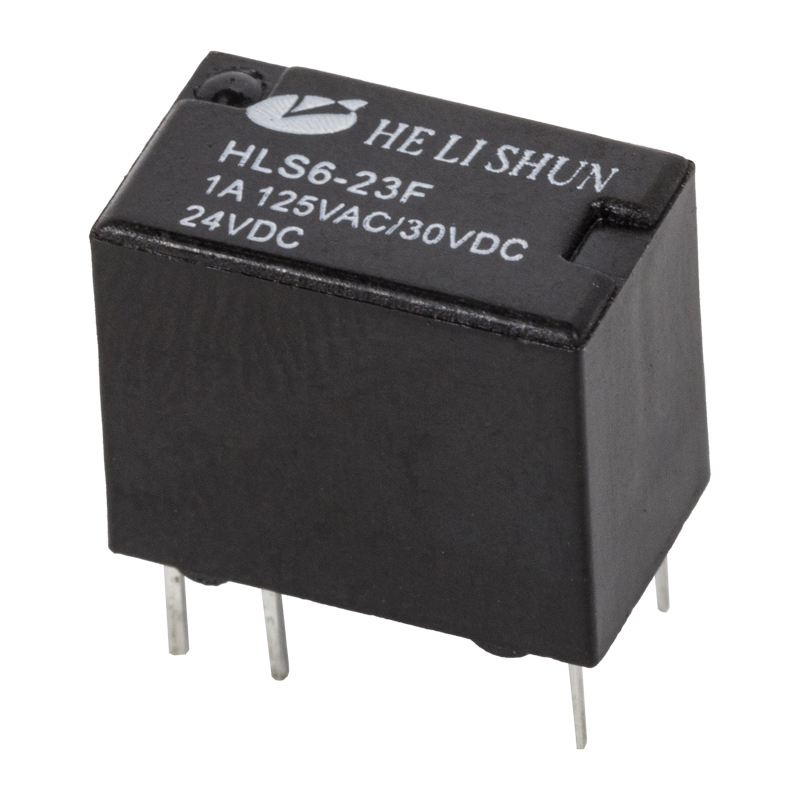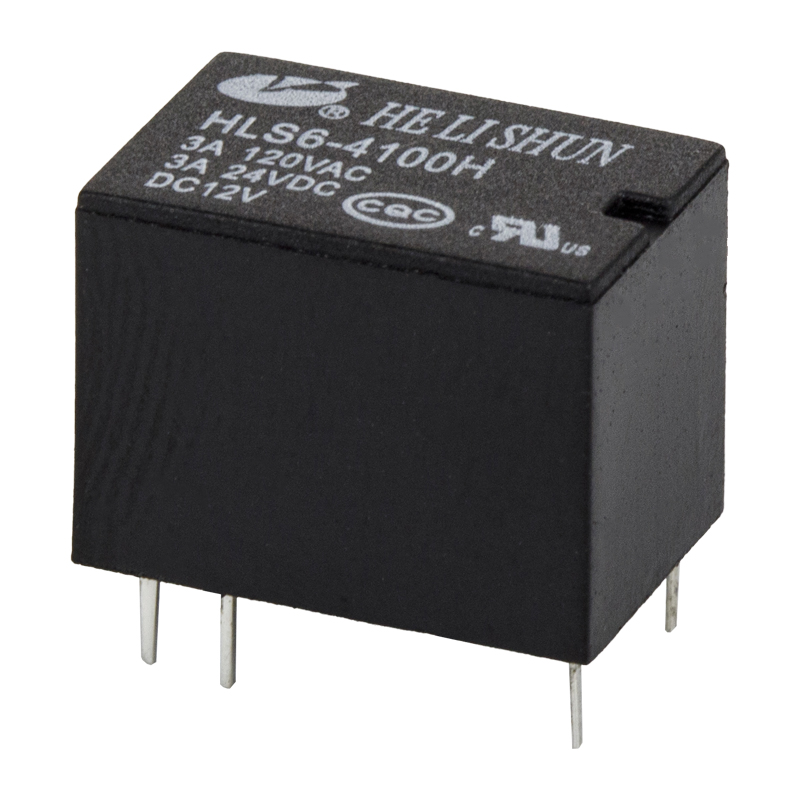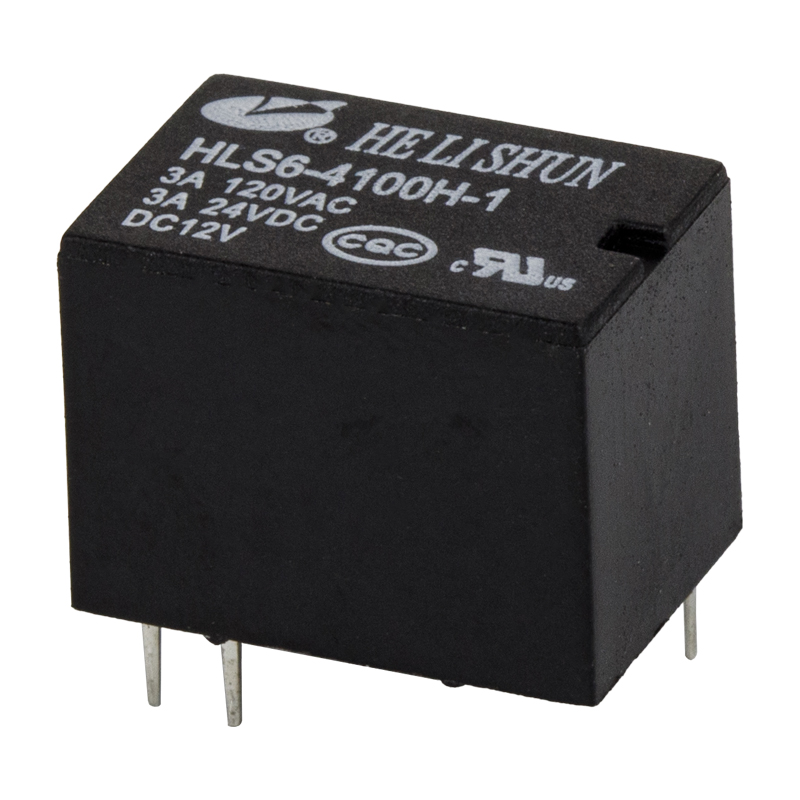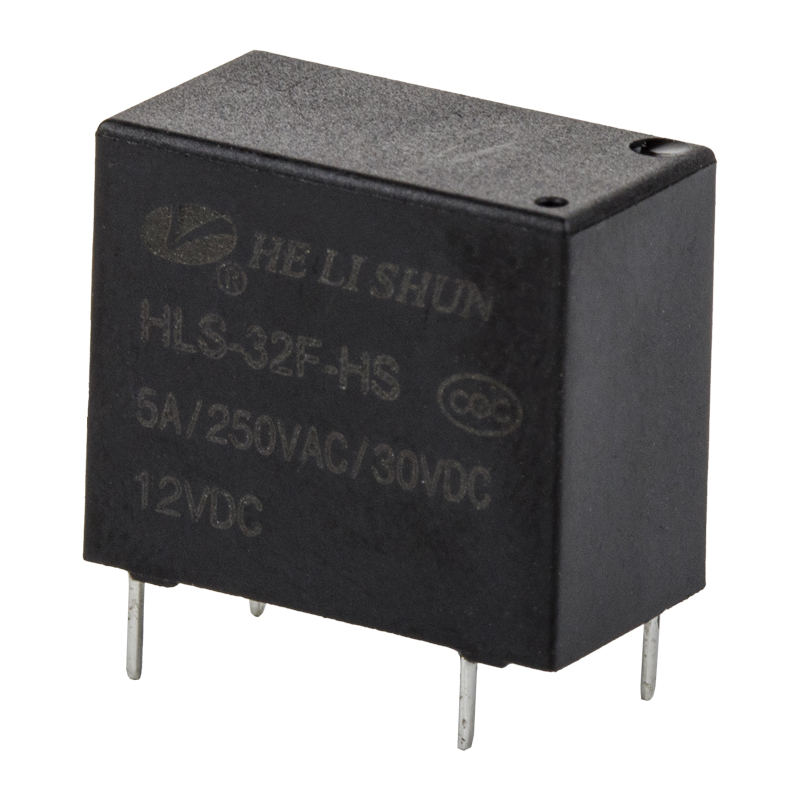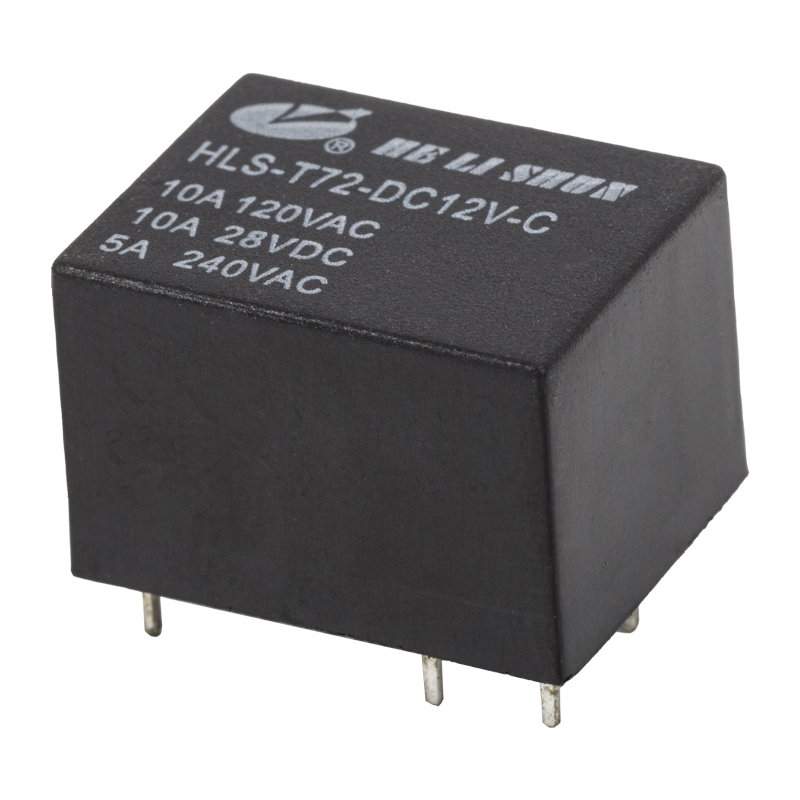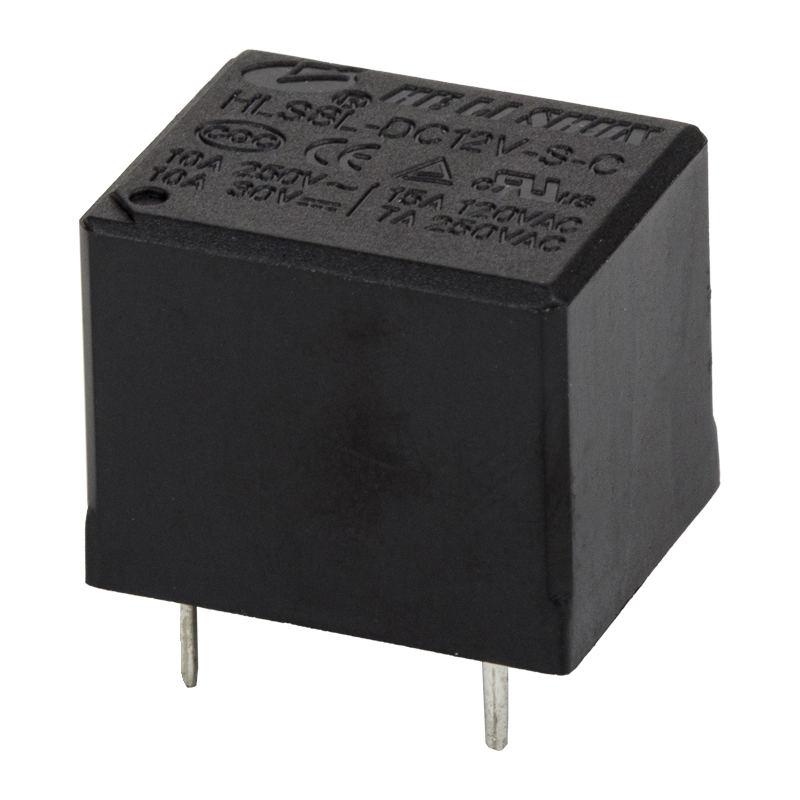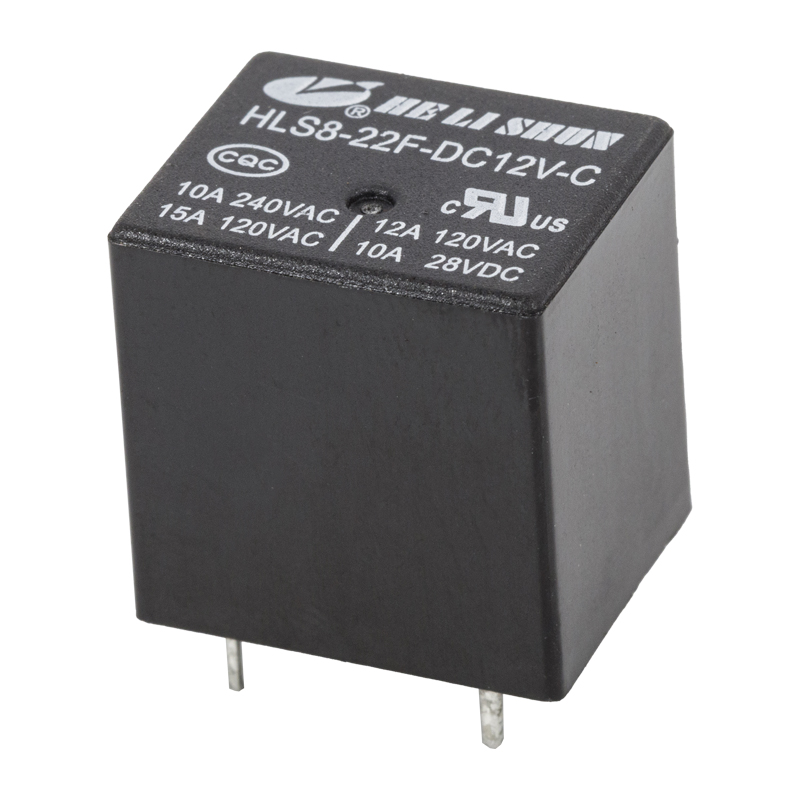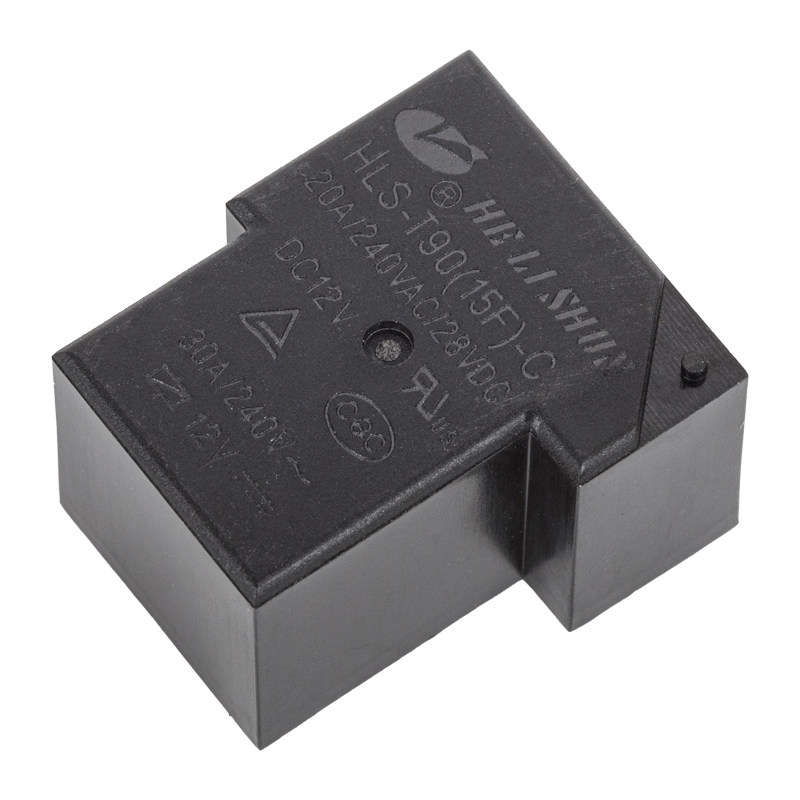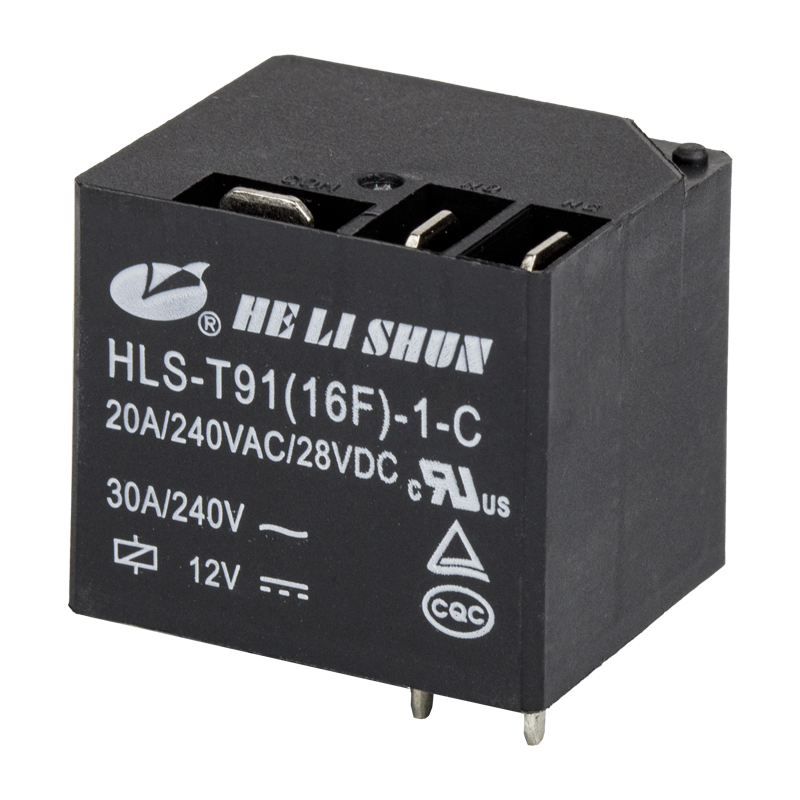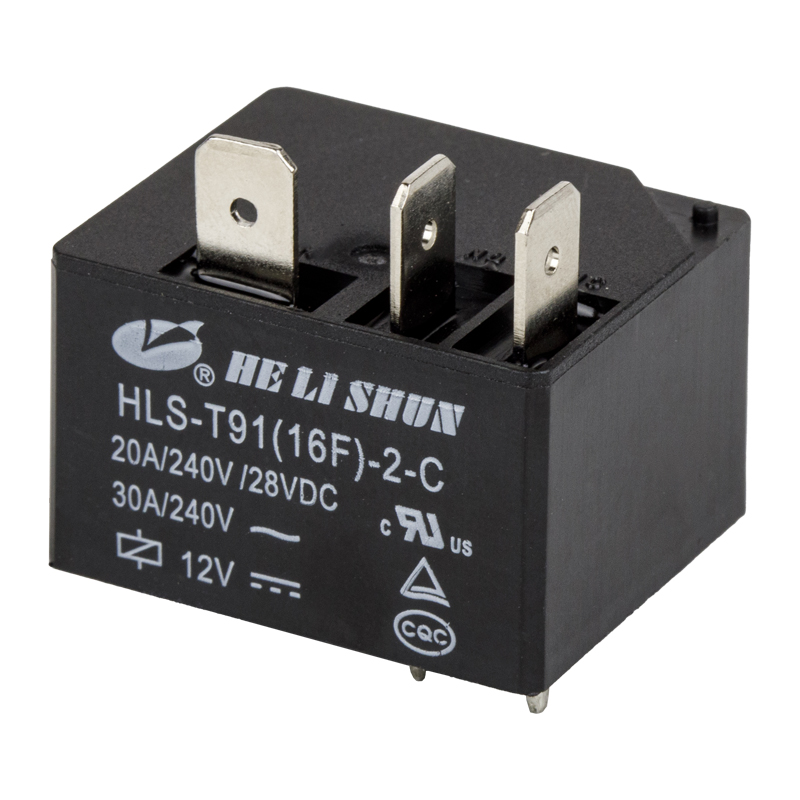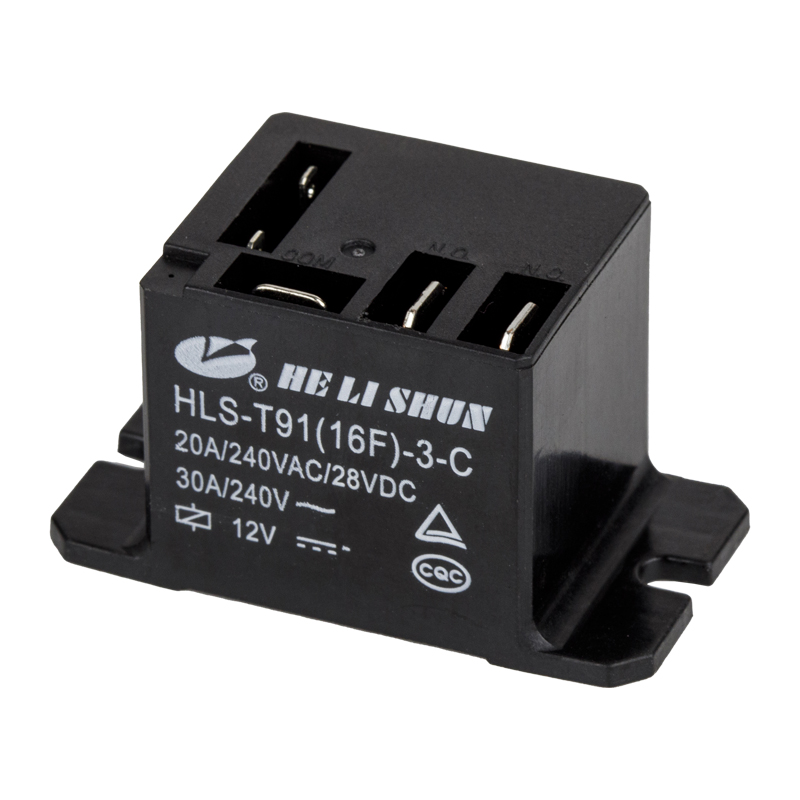Content
Automotive Relay: The "Switch" in Automotive Circuits
An automotive relay is essentially an electrically controlled switch. Its primary function is to use a low-current signal to control the on/off switching of high-current circuits, thereby protecting the car's delicate electronic components, such as the onboard computer (ECU) and the switch itself, from damage caused by the high current.
For example, simply pressing a small button on the dashboard (a low-current signal) can activate the headlights, fuel pump, or horn (high-current loads). This "small-to-control-large" task is accomplished by an automotive relay.
How an Automotive Relay Works: A Clever Application of Electromagnetic Induction
The operating principle of an automotive relay is primarily based on electromagnetic induction:
- Control Signal Input: When a low-current signal (usually from the fuse box or control unit) is applied to the relay's coil, current flows through it.
- Generation of Electromagnetic Force: When the coil is energized, an electromagnetic field is immediately generated. The iron core inside the relay becomes magnetized, generating an attractive force.
- Contact Closure/Opening: This electromagnetic force attracts a movable armature inside the relay. The movement of the armature causes the contacts to open. In a typical normally open (NO) relay, the previously open contacts are attracted and closed.
- Controlling the main circuit: When the contacts close, a high current flows through the main circuit, powering automotive components such as the air conditioning compressor and starter motor.
- Signal cutoff and reset: When the control signal is cut off, the coil loses power and the electromagnetic force dissipates. The return spring pushes the armature and contacts back to their original position, shutting off the main circuit current and shutting down the device.
The relay uses the electromagnetic coil to convert electrical energy into magnetic energy, and then into mechanical energy, thereby controlling the main circuit. This is the core of efficient and reliable automotive relay operation.
Automotive Relay Types and Applications
There are many types of automotive relays on the market, including normally open (NO), normally closed (NC), and changeover (or double-throw) types. They are widely used in various automotive systems:
- Engine System: Controls the fuel pump relay and ignition system.
- Lighting System: Controls the headlights, fog lights, and turn signals.
- Comfort and Safety: Controls the power windows, central locking, and wiper motors.
- Starting System: The high-power starter relay, in particular, is responsible for energizing the starter motor.
Automotive relays are critical protection and control components in the vehicle's electrical system. If your vehicle's electrical system experiences intermittent malfunctions, such as a non-working light or horn, a common troubleshooting step is to check whether the corresponding relay is functioning properly. Understanding its working principles can help you better maintain your vehicle and ensure driving safety.
Automotive relays utilize electromagnetic principles to control high voltages with low voltages, making them the unsung heroes of efficient and safe operation in modern vehicles.




 English
English 中文简体
中文简体
